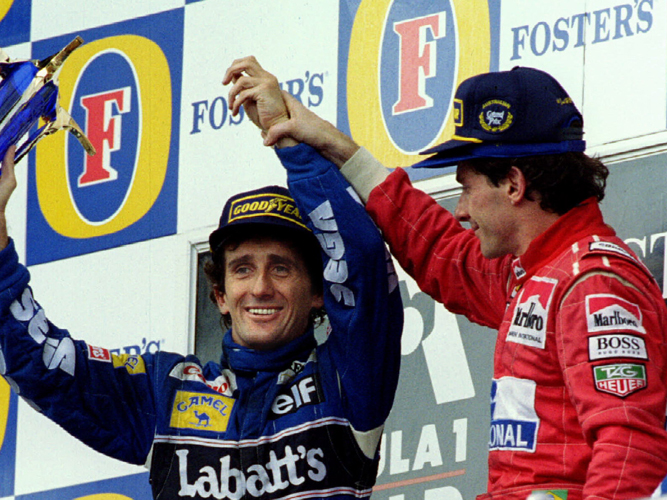
Gold Interview
The Metal complaints and vows to entice Metal rights activists to vote against burying gold
Since the beginning of time, man has craved it. The Egyptian hieroglyphics eulogised it. The elders of Biblical New Jerusalem paved their streets with it. Mahmud of Ghazni plundered dozens of South Asian sultanates for it. The Red Indians and Spanish conquistadores killed each other along the American Prairie in its cause. And at Zaveri Bazaar, Mumbai, hundreds of middle-class Indians are now queuing up to sell it.
The yellow metal has been riding the crest of a commodity bull wave for the past six years, touching a price of $1,100 per ounce — a mere 28.4 grams — in the international market. Indians initially took part in the euphoria, buying lots of it. For centuries, families have owned gold in the form of jewelry, but it was during this golden run that the metal became an investor’s delight. It was important for the world market because India is the largest repository of gold: One-tenth of the world’s gold is in this country. When India buys, the global gold trade smiles.
But what is this instinct that is now pushing such incorrigible gold-lovers as Indians to convert their holdings into cash? For answers, one must travel back to the most extraordinary price surge in the history of gold, in 1980. The safe haven appeal of gold had shot through the roof on the back of political uncertainties. The Soviet Union had moved into Afghanistan, Iran and Iraq were at war and the US was in recession. Every analyst worth his gold tooth speculated the price would rise further. But Indians were selling gold.
Sure enough, gold prices suddenly started falling like there was no bottom. Afghanistan was still occupied, the Persian Gulf War was still on and economic woes continued. But gold ignored everything and fell. For two decades, it kept bouncing at one-third its peak price. It appears that the metal’s link to inflation fears is not a perennial one and the average Indian can tell when the peak has been scaled.
Thus, the lengthening queue at Zaveri Bazaar suggests that gold will catch its breath and go to sleep for some time.
(This story appears in the 19 June, 2009 issue of Forbes India. To visit our Archives, click here.)
Post Your Comment















